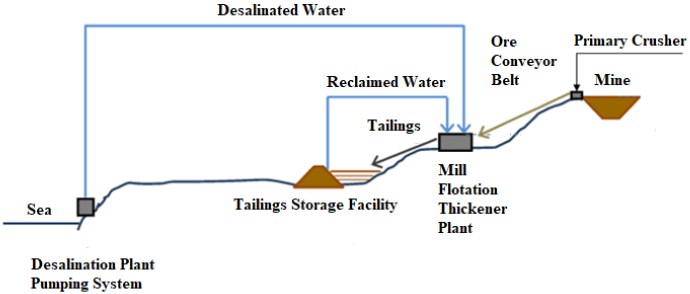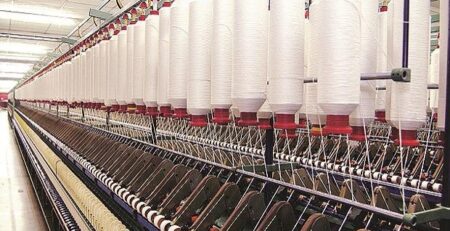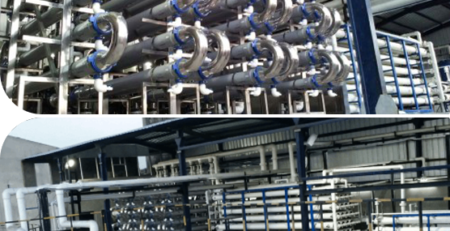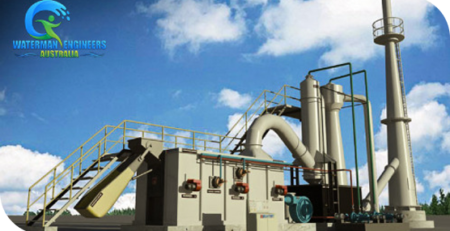Desalination Plants in Paraguay Market
With a growing demand for desalination plants, manufacturers in North America and Paraguay are beginning to take notice. A significant study found that both countries will experience an increase in demand for this water treatment technology. Whether it is cost or the quality of the results, there are factors to consider when selecting a plant.
What is the Cost of Desalination Plant in Paraguay?
Desalination is a process that uses energy to extract salts and minerals from water. In some cases, it can also help purify wastewater. Its costs are higher than other water sources, but it can be a viable option when water quality is an issue.
The cost of desalination plant in Paraguay depends on the type of technology used. Membrane technology is the most common. However, thermal desalination and multistage flash distillation are other options. These processes use heat to separate distillate from high salinity water.
In general, the costs of desalination depend on the technology and the size of the plant. Larger plants can be cheaper per million gallons of capacity.
Desalination is expensive because of the fuel and labour needed to operate it. Its post-treatment costs can be more than double those of other sources.
Costs of a desalination plant in Paraguay are based on the initial capital expenditures, labour costs, and materials transport. Some plants require an electric power source, and others will use other renewable energy sources.
One of the major problems in the world today is water scarcity. This has become a problem due to population growth and climate change. As a result, governments are investing in water treatment systems.
What are the Benefits of Desalination Plant?
Desalination plants provide a large amount of fresh water. The process involves using chemicals to remove the salt and other contaminants from the seawater. Desalination plant does not require large amounts of energy, and it is not much expensive to build and operate.
Energy costs can be a major factor in determining the total price of a desalination plant. It’s important to note that the price of electricity fluctuates, so a plant’s energy costs will be affected by that.
Moreover, recent innovations in technology have made desalination more affordable. In fact, the cost has decreased by as much as 80 percent over the past 20 years.
It is an excellent option for arid and drought-stricken areas. By providing clean water, desalination plants can help stop the endangerment of species. They can also benefit industries that require highly purified water.
Some countries, such as Saudi Arabia, use 70 percent of their drinking water from desalination plants. Others, such as some Caribbean islands, get almost all of their drinking water from desalination. These plants produce high quality industrial and domestic water. A desalination plant has to meet strict health and safety standards.
Other types of desalination plants are RO, Ion exchange, and membrane. Each method uses different techniques, and each one has its own drawbacks.
Demand for Desalination Equipment in North America and Paraguay
The demand for desalination equipment is growing as a result of water scarcity. Water scarcity refers to the lack of freshwater resources for public consumption. It is a critical factor driving the need for clean water in various industries such as food and beverages, pulp and paper, oil and gas, and pharmaceuticals.
Desalination has proven to be a practical solution to the water shortage. As it is more economical than traditional methods, it is expected to gain greater prominence. In addition, technological advances will lead to less energy usage for water production. Therefore, it is predicted that the market of Paraguay will expand significantly.
Water scarcity is one of the most critical problems facing the world. With increased population, the need for freshwater is increasing. However, the supply of water is rapidly depleting. This is leading to drought like scenarios around the world.
Furthermore, the expansion of the water desalination equipment market will be driven by the growing demand from the municipal sector. In addition to that, the growth of the industrial sector is predicted to contribute to the overall growth of the market.
Among the regions, Asia-Pacific is expected to witness the fastest growth. The rapid urbanization in this region is expected to result in a higher demand for water. Moreover, the government’s efforts to enhance the water infrastructure in these countries are also predicted to accelerate the development of the water desalination equipment market in the region. Besides the major regional players, there are several other companies that are involved in the market.
The Bottom Line
The future of desalination in Paraguay is an exciting time, with the country’s electrical power system being upgraded and strengthened. The potential of using partial PV power supply in the area is being investigated. This technology can help reduce the cost of power during the daytime, when solar irradiation is at its maximum. It can also be used to provide drinkable water from a stand-alone system, with battery storage.
To ensure that a desalination plant is economically feasible, the power requirements of the proposed system must be determined. Using information from existing facilities, the power supply required is identified. Then, the cost of the desalination system over the lifetime of the facility is calculated, and compared with the net present value of the power supply.














